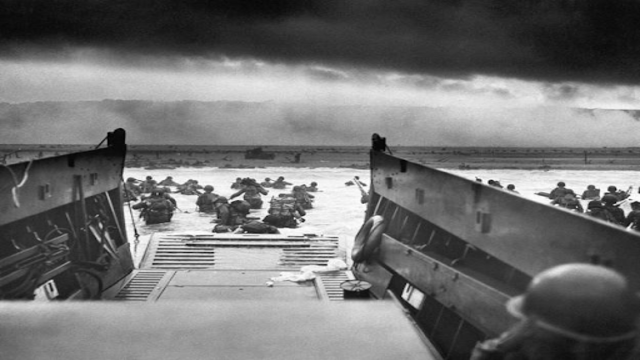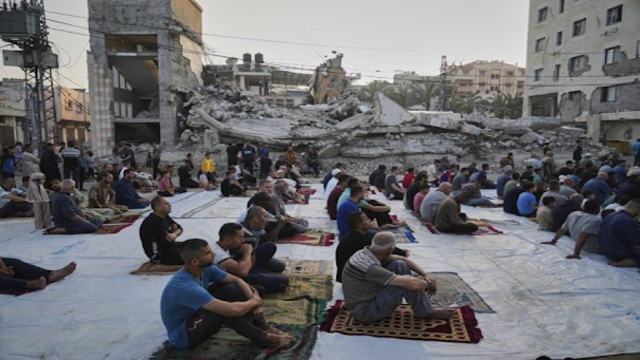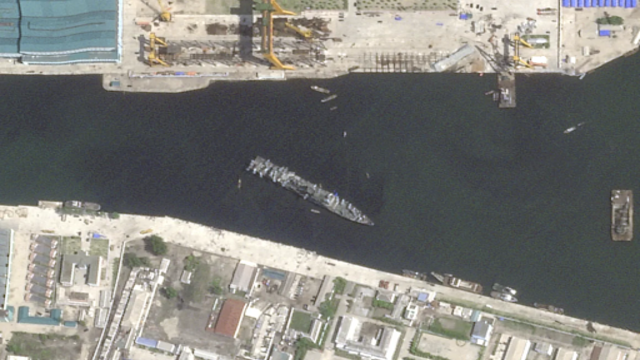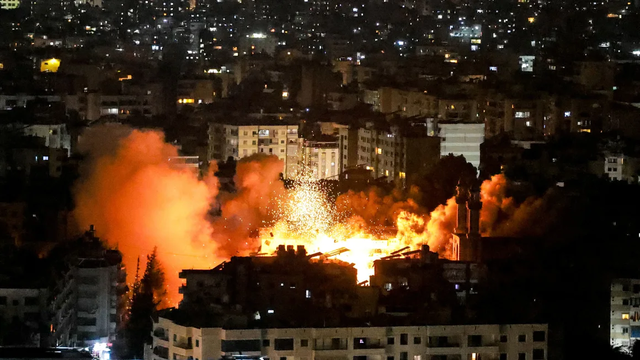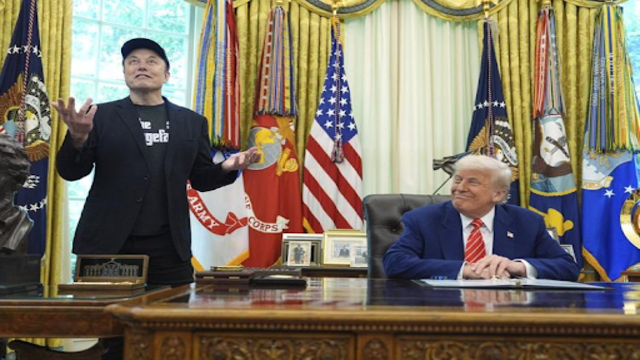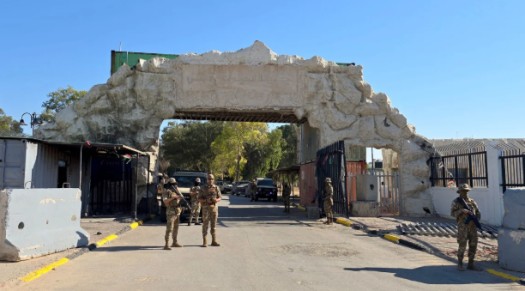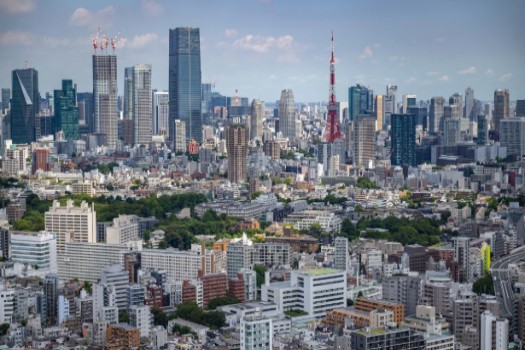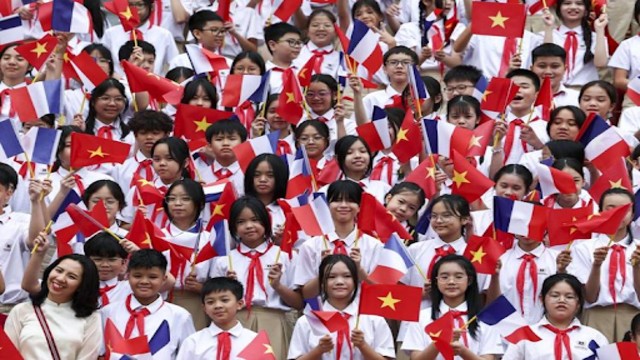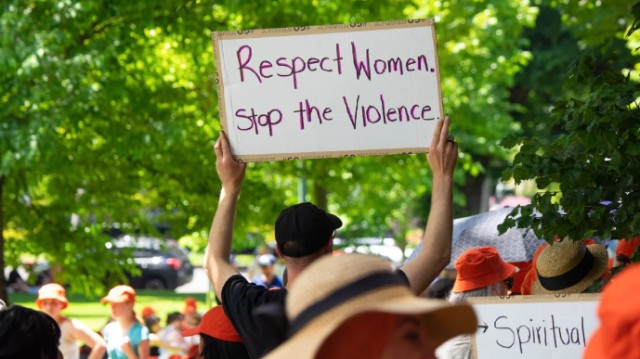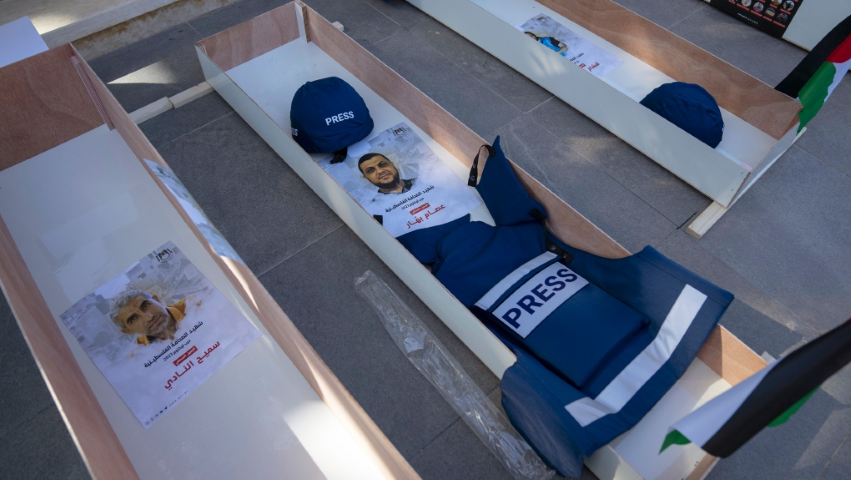
Images of Sameeh Nadi and Esam Bashar, portrayed as "the Martyr of the Palestinian media, October 23 war," appear on posters attached to symbolic coffins representing Palestinian journalists who lost their lives in the recent conflict in Gaza. This arrangement was observed on Tuesday, November 7, 2023, and documented in a photograph by Nasser Nasser for the Associated Press.
In a tragic turn of events, Palestinian freelance journalist Duaa Jabbour, along with her husband and children, lost their lives in an Israeli airstrike on their home in southern Gaza on December 9. This incident adds to the grim toll of at least 79 journalists and media workers who have died in Gaza, Israel, and Lebanon since the onset of the Israel-Hamas war on October 7, 2023.
The death rate among journalists in this conflict is unprecedented, with an average of one journalist losing their life every day, as reported by the Committee to Protect Journalists (CPJ) and the International Federation of Journalists (IFJ). This stark contrast is highlighted by comparisons to historical conflicts, such as the 20-year-long Vietnam War, which claimed 63 journalists, and the 10-year war in Yugoslavia, which saw 140 journalists killed.
The victims include a mix of freelance and staff writers, photographers, and videographers affiliated with various media outlets, both independent and those associated with Hamas and the Palestinian Authority. Many lost their lives alongside their families in Israeli airstrikes on homes, hospitals, refugee camps, streets, and public spaces. Some were even shot, including cases where journalists were killed while wearing press insignia without any close contact to crossfire.
The personal tragedies extend beyond the immediate loss, as seen in the case of Al Jazeera Arabic Gaza correspondent Wael Dahdouh. Having reported on the destruction in Gaza after losing his wife, son, daughter, and grandson to an Israeli air raid in October, Dahdouh was injured in a subsequent airstrike in December, where his son Hamza and freelance journalist Mustafa Tharaya lost their lives.
The targeting of journalists is a matter of international concern, as their lives, like all civilians, are protected under the 1949 Geneva Convention. Both the CPJ and IFJ have called for independent investigations into all journalist deaths in the region since October 7, suggesting potential war crimes committed by the parties involved.
While the Israeli government attributes civilian casualties in Gaza to Hamas operating in densely populated areas, the mounting death toll has led to a decline in public support for the Israel Defense Forces (IDF) military campaign globally. There are allegations, supported by evidence, that journalists killed by the IDF may have been deliberately targeted, prompting calls for accountability.
The chilling effect of such incidents is not limited to this conflict, as journalists worldwide face threats and violence. The Global Impunity Index, maintained by CPJ, highlights countries with the worst records of prosecuting those who kill journalists, including Syria, Somalia, and Afghanistan.
In conclusion, the loss of journalists in the Israel-Hamas war is not only a humanitarian tragedy but also raises concerns about potential war crimes and the broader impact on press freedom globally. The international community, including Israel, is urged to respect media credentials, protect journalists, and conduct thorough investigations into attacks on the press.


